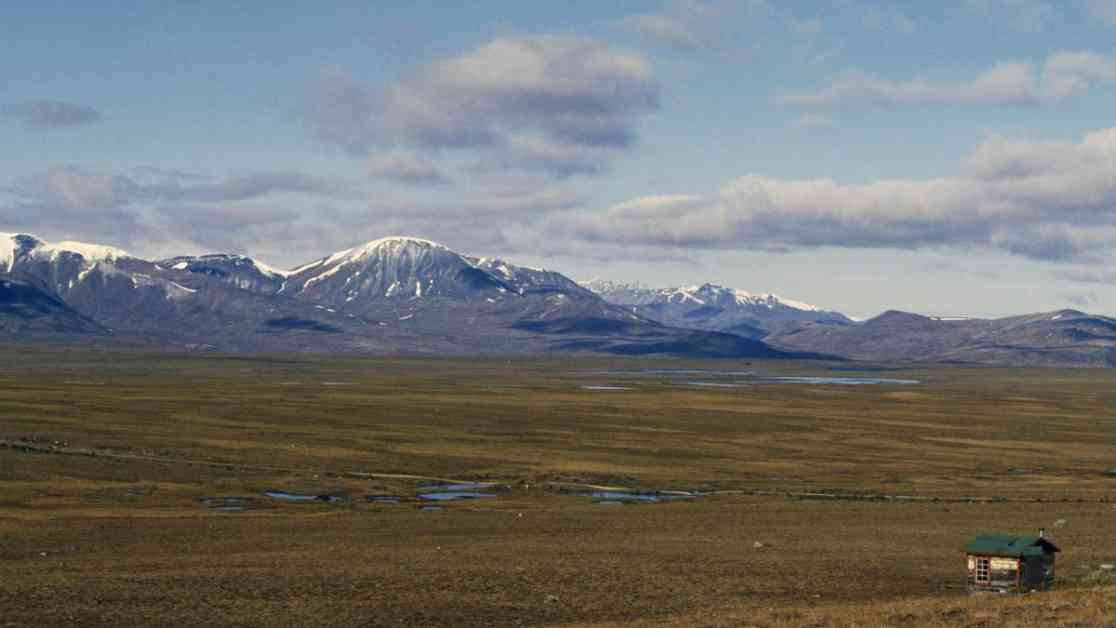A small hut is perched at an elevation of 1,800 meters near the Mackenzie Mountains in Yukon, Canada. This picturesque scene, however, belies a concerning reality: the potential impact of fool’s gold on Canada’s climate.
Recent research suggests that fool’s gold, also known as pyrite, may be contributing to a troubling climate feedback loop in the Canadian Arctic. The erosion of rocks containing sulfide minerals like pyrite leads to the release of carbon dioxide into the atmosphere. As temperatures rise and Arctic permafrost thaws, more rocks are exposed to weathering, intensifying this feedback loop.
A study published in the journal Science Advances reveals that carbon dioxide emissions from Canada’s Mackenzie River Basin could double by 2100 due to this process. This increase is equivalent to half of the current annual emissions from the country’s aviation industry. The researchers, led by co-author Robert Hilton from the University of Oxford, warn that the relationship between temperature and sulfide weathering appears to be accelerating as the region warms.
While the exact implications of this climate feedback loop remain uncertain, scientists are working to better understand how rates of weathering and carbon dioxide emissions will evolve in response to environmental changes. By studying sulfate concentrations and temperatures across the Mackenzie River Basin, researchers have observed a rapid increase in sulfide weathering as temperatures have risen over the past six decades.
The chemical reactions driving this process are most pronounced in mountainous regions where rocks are exposed to frost cracking, a phenomenon where water seeps into rocks and expands upon freezing. In contrast, lowland regions with peat layers may experience slower rates of weathering. However, the widespread presence of sulfide rocks across the Arctic, including in regions like the Canadian Rockies and Greenland, raises concerns about the broader impacts of this phenomenon.
Despite these challenges, researchers are exploring potential mitigation strategies. Hilton emphasizes that these reactions are not limited to the Arctic and are also occurring in regions affected by deforestation and land use changes. Solutions such as reforestation could help lower rock mineral reactions and CO2 release while promoting tree biomass and soil carbon stocks.
While the weathering feedback loop represents a significant source of emissions in the Arctic, it is likely overshadowed by the release of methane and carbon dioxide from thawing permafrost. Hilton cautions against alarmism but stresses the importance of addressing these complex environmental challenges.
As we grapple with the implications of climate change, studies like these underscore the interconnected nature of Earth’s systems. By continuing to investigate and understand these processes, we can work towards more effective solutions to mitigate climate change and protect our planet for future generations.










